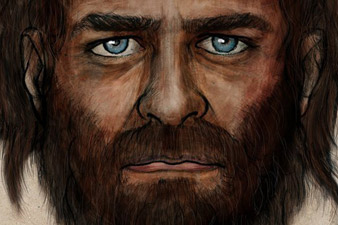
18/09/2014 16:37
Europeans drawn from three ancient 'tribes'
The modern European gene pool was formed when three ancient populations mixed within the last 7,000 years, the BBC reported, citing Nature journal.
Blue-eyed, swarthy hunters mingled with brown-eyed, pale skinned farmers as the latter swept into Europe from the Near East.
But another, mysterious population with Siberian affinities also contributed to the genetic landscape of the continent.
The findings are based on analysis of genomes from nine ancient Europeans.
Agriculture originated in the Near East - in modern Syria, Iraq and Israel - before expanding into Europe around 7,500 years ago.
Multiple lines of evidence suggested this new way of life was spread not just via the exchange of ideas, but by a wave of migrants, who interbred with the indigenous European hunter-gatherers they encountered on the way.
The hunters arrived in Europe thousands of years before the advent of agriculture, hunkered down in southern refuges during the Ice Age and then expanded during a period called the Mesolithic, after the ice sheets had retreated from central and northern Europe.
They were closely related to each other and their genetic profile is not a good match for any modern group of people, suggesting they were caught up in the farming wave of advance. However, their genes live on in modern Europeans, to a greater extent in the north-east than in the south.








